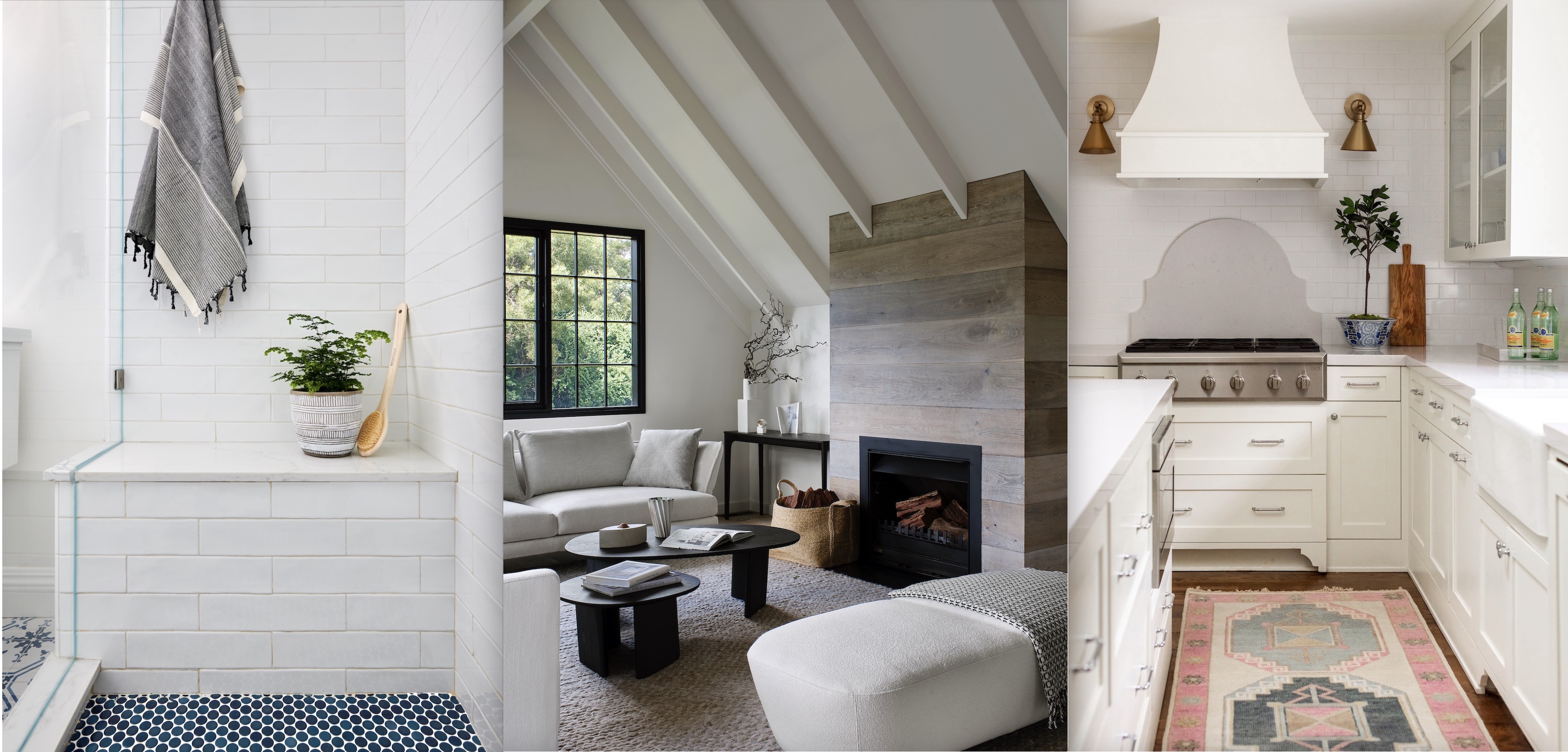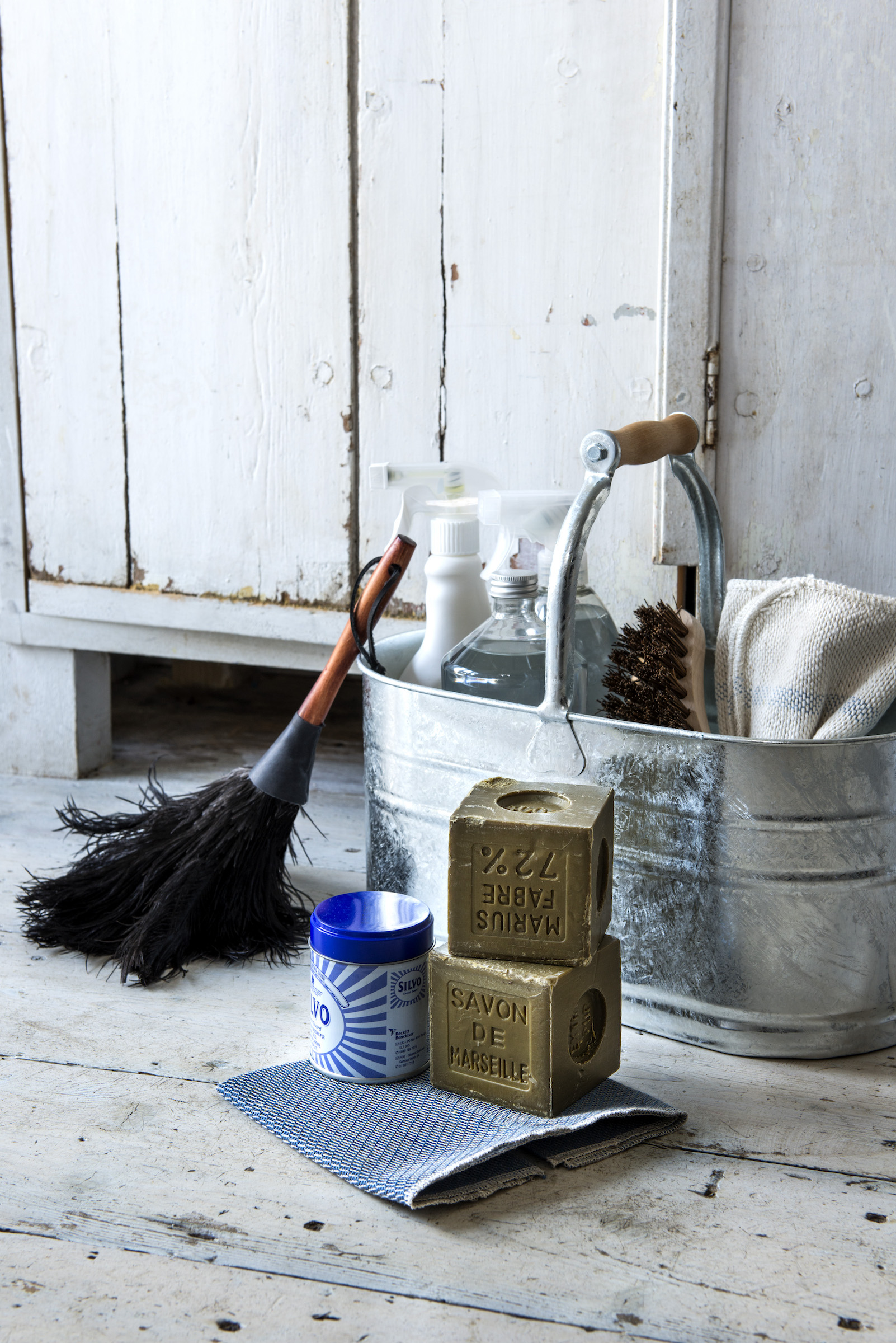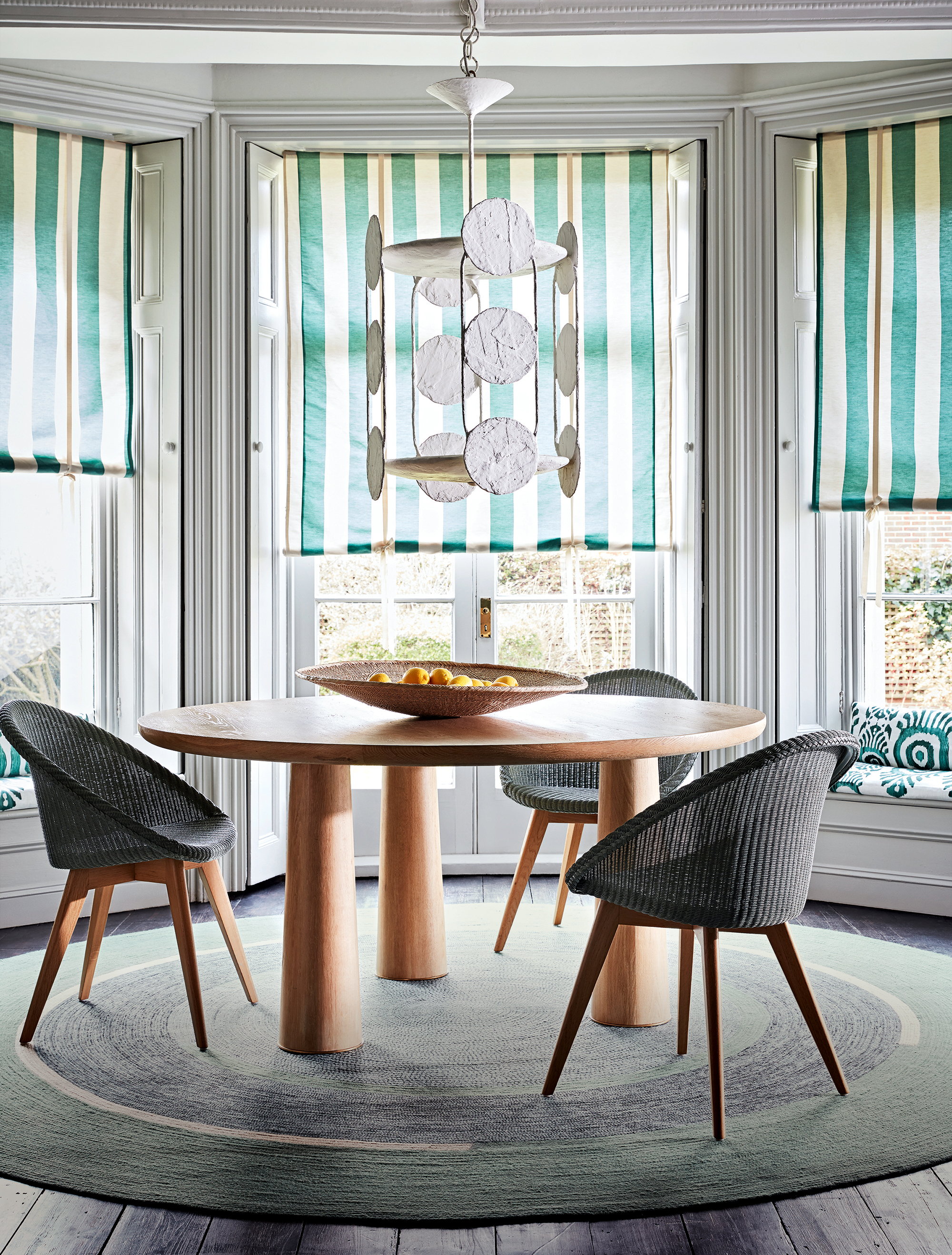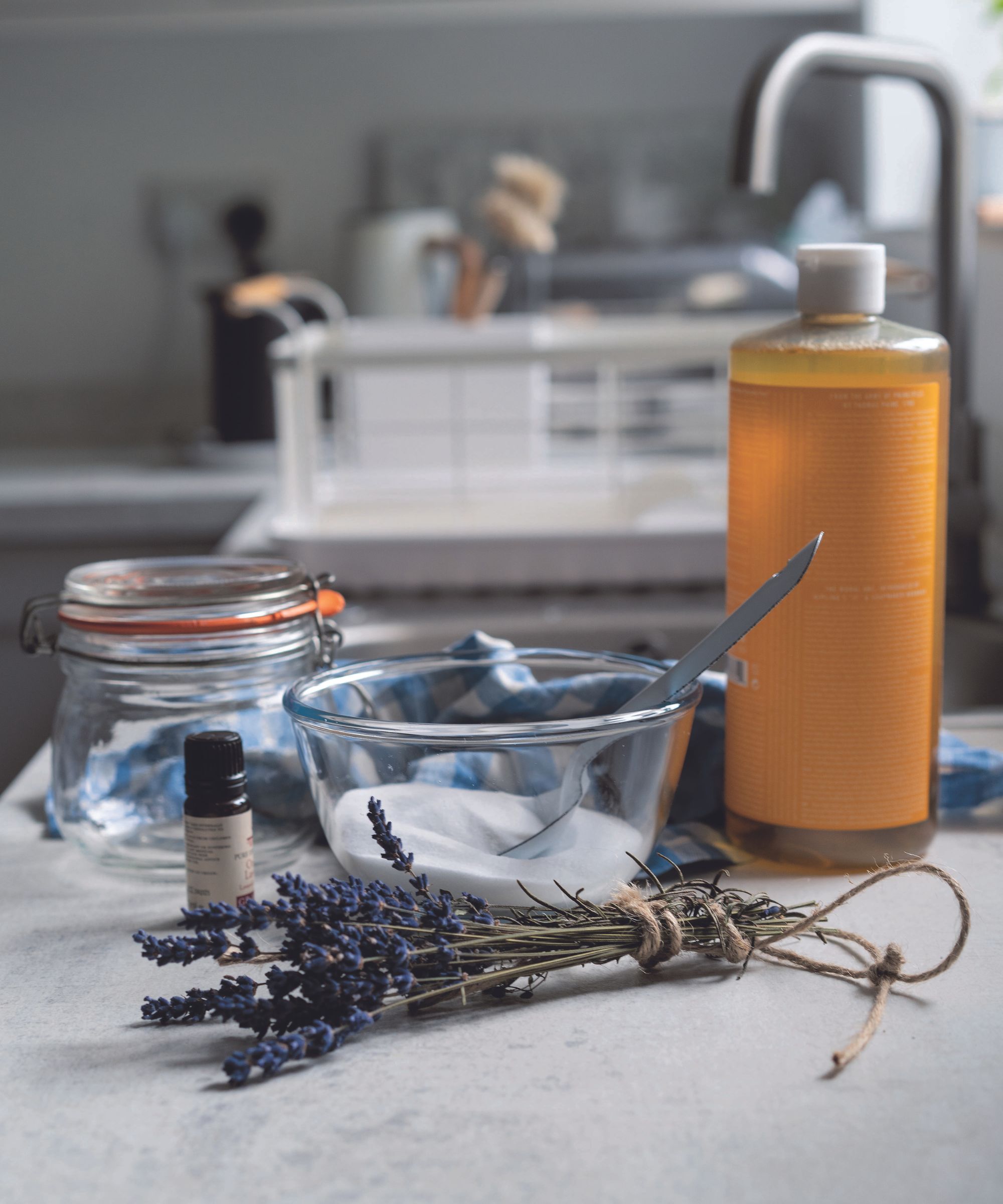5 ways your house is making you ill – and what you can do about it
From dust to how much daylight enters your home, we discover the surprising factors that can affect your health


We want our home to be a healthy, happy space – it's the place we go to rest and restore, to spend time with family and friends, to enjoy free time away from work and the hustle and bustle of the outside world.
When we shut the front door, we believe we are protecting ourselves from the pollution and dangers that exist beyond our front yard. But what if our home isn't the sanctuary we think it is? Truth is, toxins that can damage our health can be found inside our own four walls. But there are ways to make your home a healthier place.
And while you're thinking about your physical health, don't forget your emotional wellbeing, too. Your home should also be a space that lifts your mood and makes you smile with happy room ideas.
5 reasons why your house is making you ill
Paying attention to the materials and manufacture of the items in your home can make a big difference to the health quality of your living space, without sacrificing on style and comfort.
It's a philosophy central to eco and biophilic design, which aims to increase humans' connection to the natural world to increase our wellbeing, at the same time as protecting the planet.
'Working in interior design, I am committed to finding ways of reducing our environmental impact without compromising on style – to create a home that benefits both us and the environment, containing fewer toxins and being a nurturing, comforting place to call home,' explains eco interiors expert Oliver Heath, founder of Oliver Heath Design and author of Urban Eco Chic.
We talked to the experts to find out how our homes are making us ill, and what we can do to make them healthier.
Design expertise in your inbox – from inspiring decorating ideas and beautiful celebrity homes to practical gardening advice and shopping round-ups.
1. The dust is making you wheeze

Dust comes from many places – floating in on the breeze, from vents in our AC system, being traipsed into our house on the bottom of shoes, from fibers in carpet, upholstery and clothes, and even from pet dander and our own shed skin cells.
'Dust can be a big health concern. Breathing it in for long periods can cause long-term health conditions like asthma and chronic bronchitis and may contribute to heart problems,' says professional housekeeper, Sara San Angelo, founder of Confessions of a Cleaning Lady.
Knowing how to clean a living room and other domestic spaces in order to minimize dust will help (a damp cloth and the best vacuum you can buy are your friends here). You can even learn how to vacuum an AC system to stop it from pushing dust into the air.
If you want to get on top of the amount of dust in your home's atmosphere, you could also consider buying a home air-quality monitor, like the Airthings House Kit. This measures radon levels, temperature, humidity, and airborne chemicals (VOCs), and it has a mold risk indicator to minimize the risk of health concerns including asthma, allergies, and headaches.
'We spend 90 percent of our time indoors, where the air quality is up to five times worse than outside,' says Øyvind Birkenes, CEO of Airthings. 'Many indoor pollutants are odorless and undetected until symptoms arise. With radon being the number one cause of lung cancer among non-smokers, we believe that understanding and monitoring indoor air quality is key to ensuring a healthy home.'
2. Your paintwork is releasing toxins into the air

Although stricter standards mean paint formulations are becoming safer, products from some brands still contain high levels of toxic VOCs.
'VOC stands for volatile organic compound, but don’t be fooled by the word organic. We often associate organic with things that are better for us, but VOCs can be harmful,' explains Cathryn Sanders, Head of Creative at eco paint brand Earthborn.
'VOCs are a mixture of a variety of different chemicals, some of which can contribute to either short-term health issues including irritation in the eyes, nose and throat. There is also some evidence that links VOCs to some cancers.'
All paints by necessity contain some synthetic chemicals – for instance, water-based paints require a preservative to keep them ‘fresh’, otherwise the paint would go off. Similarly, all liquid paints contain synthetic binders, 'but like wine, ours is produced from natural ingredients,' says Cathryn.
To stop your paintwork from harming your health, look for paint that uses fewer solvents, is low in VOCs, and is not oil based. Breatheasy paint from Crown, for example, has a 99 percent solvent-free formulation, the range limits exposure to airborne triggers of asthma and allergy, helping to create a healthier space for the whole family.
'A lot of paints contain high levels of VOCs which, when they dry, emit solvents into the air which can cause dizziness and headaches,' confirms Crown color consultant and senior designer, Justyna Korczynska. 'If you’ve chosen a low VOC paint, then the room should be suitable to move back into the day after painting, assuming it has been well-ventilated.'
3. You don't have enough daylight coming through the windows

We need daylight in order for our body to produce vitamin D – the disease-fighting nutrient that's linked to lower levels of depression and better mood regulation. No wonder then that a recent survey by the window and doors brand Origin found respondents were three times more likely to believe their home is bad for their mental wellbeing if they have a lack of natural light, and 18 percent with low levels of natural light at home believe their space is bad for their physical wellbeing.
'There are ways to make the most of light to brighten your home, without the need to feel exposed with bare windows from wall to wall,' comments Rachel Davies, design expert a Shuttercraft.
'If you like privacy but also light, opt for fabric blinds which can let some light in, and also reflect the light from inside the home. Shutters in pale shades like white and cream can help optimize light levels in the home – choose wide slats if you want the room to bask in natural light.'
To bounce light around the room for a brighter look, place a mirror where it can reflect the light coming through the window. 'Placing a mirror next to or opposite a window does wonders to make a space feel lighter and bigger. The bigger the mirror, the better,' Rachel says.
4. Your upholstery is releasing toxic gasses

Off-gassing is the term for the release of chemical vapors into the air – and upholstered furniture, carpets, and mattresses can be some of the worst culprits, as so many chemicals are used in their production. That 'new car smell' or the odor you get from your new couch is the fumes being released into the atmosphere. And the off-gassing continues even when the smell has faded.
'The flame retardant PBDE is often used to treat furniture, carpet, and clothes. This very persistent synthetic compound accumulates in our bodies, and has been linked to hormone dysfunction,' says sustainable living consultant Joanna Yarrow, author of 1001 Ways You Can Save the Planet.
Search for furniture and furnishings made from natural and organic materials which are grown without the use of chemicals; some, such as wool, are also and naturally flame resistant. The Sustainable Furnishings Council has resources including a Quick Buying Guide, to help you source furniture made with fewer off-gassing chemicals.
5. There are chemicals in your cleaning products

Cleaning products made from synthetic formulations and harsh chemicals can cause skin irritation, breathing difficulties and, potentially, may result in toxic chemicals accumulating in the body and increasing risk of chronic disease.
Opt for products made with natural ingredients, or look for toxin-free household products that have been used as effective cleaning solutions for centuries. Find out how to make homemade kitchen cleaner from baking soda and Castile soap. Learn how to unclog a bathtub drain naturally. And discover the benefits of cleaning with vinegar, including using white vinegar in laundry.
Andrea has been immersed in the world of homes, interiors and lifestyle since her first job in journalism, on Ideal Home. She went from women's magazine Options to Frank. From there it was on to the launch of Red magazine, where she stayed for 10 years and became Assistant Editor. She then shifted into freelancing, and spent 14 years writing for everyone from The Telegraph to The Sunday Times, Livingetc, Stylist and Woman & Home. She was then offered the job as Editor on Country Homes & Interiors, and now combines that role with writing for sister title homesandgardens.com.
